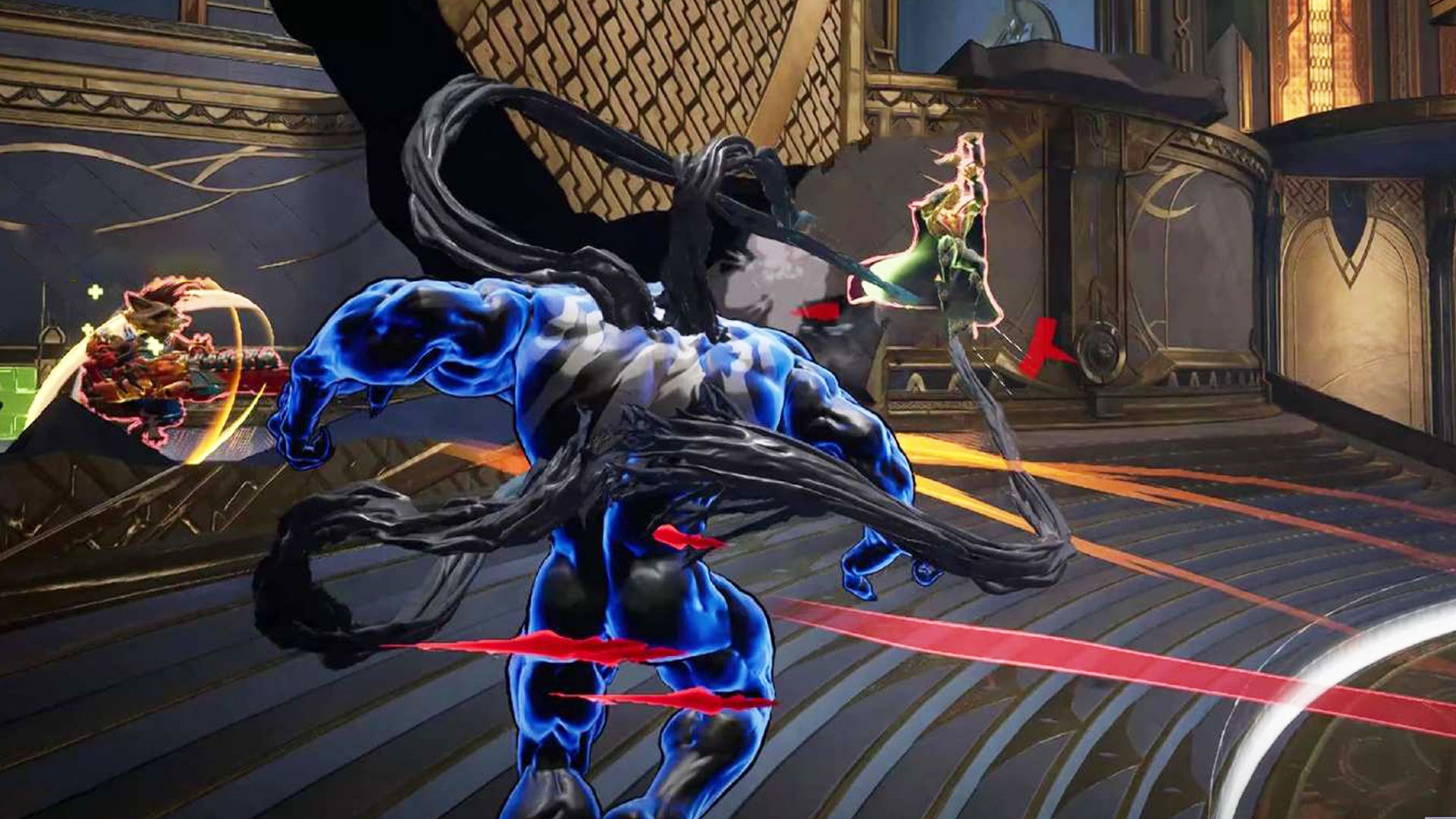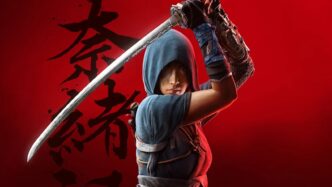The hero shooter genre is a crowded battlefield, with juggernauts like Overwatch 2, Apex Legends, and Valorant vying for dominance. Each new entrant faces an uphill battle, and many fail to leave a lasting impact. Enter Marvel Rivals, a bold contender that pairs the genre’s fast-paced combat with the Marvel Universe’s iconic characters. From the moment of its announcement, the game sparked curiosity—and a fair share of skepticism. Could it stand out in a space already packed with polished heavyweights?
Despite the odds, Marvel Rivals makes a strong case for itself. The game embraces chaos, delivering a superhero-powered experience that leans more on fun than balance. While its core mechanics borrow heavily from Overwatch, Rivals adds enough unique twists to feel fresh. Whether you’re zipping around as Star-Lord, crushing foes as Hulk, or unleashing Scarlet Witch’s reality-warping abilities, Marvel Rivals thrives on moments that make you feel like a Marvel hero brought to life.
However, the game isn’t without its flaws. Its frenetic pace can sometimes overwhelm, and balancing issues make some characters feel unstoppable while others fade into the background. Still, Marvel Rivals captures the essence of superhero spectacle, creating an accessible, free-to-play experience that’s hard to resist—even if it doesn’t rewrite the genre’s playbook.
At its core, Marvel Rivals follows the blueprint of a traditional hero shooter. Teams of six battle across modes like payload escort and capture-the-point objectives. Players choose from three roles—Vanguards, Duelists, and Strategists—that echo the tank, DPS, and support classes found in games like Overwatch.
But where Rivals shines is in its willingness to embrace chaos and fun above all else.

One of the game’s standout features is its team-up abilities. These unique mechanics encourage players to experiment with character pairings. For instance, Hulk can hurl Wolverine across the battlefield, creating a devastating combo reminiscent of the classic “fastball special” from the comics. Similarly, Rocket Raccoon can ride atop Groot, gaining damage reduction while dishing out destruction. These combinations feel true to the Marvel universe while adding a strategic layer that sets Rivals apart from its competitors.
The gameplay itself is fast-paced and flashy, with each match unfolding as a kaleidoscope of particle effects, explosions, and heroic quips. Characters wield powerful abilities that can turn the tide of battle, from Venom’s near-invincible armor to Star-Lord’s high-speed mobility.
While these moments are thrilling, they can also be overwhelming. Visual clutter is a recurring issue, with the screen often flooding with effects that make it hard to track enemies or objectives.

Combat rewards aggressive play, encouraging players to dive into the fray rather than hang back. This approach keeps matches exciting, but it also places less emphasis on teamwork and strategy than other hero shooters. Without a role queue to enforce balanced team compositions, matches often end up stacked with Duelists, leading to chaotic shootouts rather than coordinated efforts. While this flexibility is great for casual players, it may frustrate those looking for more structured, tactical gameplay.
Another highlight is the destructible environments, which dynamically change the battlefield. Towers collapse, walls crumble, and symbiote platforms emerge, forcing players to adapt their strategies. These features add a layer of unpredictability that keeps matches fresh, even as the limited map pool begins to feel repetitive.

Marvel Rivals boasts an impressive roster of 33 heroes and villains at launch, making it one of the largest day-one lineups in hero shooter history. From household names like Iron Man, Hulk, and Scarlet Witch to fan-favorites like Rocket Raccoon and lesser-known characters like Jeff the Land Shark, the roster is a love letter to Marvel fans. Each character feels distinct, with abilities and playstyles that reflect their comic book origins.
What sets Rivals apart is its unapologetic embrace of the superhero power fantasy. Every character feels capable of spectacular feats, whether it’s Iron Fist’s devastating melee strikes or Scarlet Witch’s reality-warping explosions.
Jeff the Land Shark, a relative newcomer to Marvel lore, has quickly become a fan favorite thanks to his hilariously devastating whirlpool attack, which can swallow entire teams.
This focus on overpowered fun is both a strength and a weakness. On one hand, it makes every match feel dynamic and exciting. On the other, it creates balance issues that can lead to frustration. Some characters, like Venom and Moon Knight, feel nearly unstoppable, while others struggle to make an impact. However, this imbalance is almost by design. Rather than striving for perfect balance, Marvel Rivals leans into its chaos, delivering an experience that prioritizes fun over fairness.
The game’s team-up abilities further enhance the roster’s appeal. These mechanics encourage players to explore different pairings, unlocking powerful combos that can shift the momentum of a match. Hulk and Wolverine’s fastball special, Rocket and Groot’s dynamic duo, and Doctor Strange’s portals are just a few examples of the creative strategies players can employ. These features not only add depth to the gameplay but also capture the spirit of Marvel’s iconic team-ups.
From a technical perspective, Marvel Rivals is a triumph. The game launched with over 10 million players in its first week but avoided the server crashes and glitches that often plague online releases. Matches are smooth, with fast matchmaking and stable performance across platforms. This level of polish ensures that players can jump into the action without frustration, a rarity for such a high-profile launch.
The game’s free-to-play model is another major draw. All characters are unlocked from the start, allowing players to experiment with the full roster without grinding or spending money. Monetization is limited to cosmetics, with a battle pass offering additional rewards for those willing to invest. While the selection of skins is currently limited, the absence of pay-to-win mechanics keeps the focus squarely on gameplay.

Accessibility is a key strength of Marvel Rivals. The game is easy to pick up, with intuitive controls and a low skill floor that welcomes newcomers. At the same time, its high skill ceiling provides plenty of room for mastery, making it appealing to more experienced players. Social media is already buzzing with clips of creative plays, from Doctor Strange redirecting Iron Man’s ultimate with a portal to Scarlet Witch and Jeff the Land Shark teaming up for devastating attacks.
Despite its many strengths, Marvel Rivals is far from perfect. One of the most significant issues is visual clutter. The game’s fast-paced combat often overwhelms the screen with particle effects, explosions, and voice lines, making it difficult to track objectives or identify enemies. While this spectacle is part of the game’s appeal, it can also be exhausting during extended play sessions.
Balancing is another challenge. Some characters feel overpowered, with abilities that dominate matches. Venom’s armor and Jeff’s whirlpool attack are particularly notable examples.
While these moments can be fun, they also create frustration for players on the receiving end. The lack of a role queue exacerbates this issue, as unbalanced team compositions often lead to chaotic, one-sided matches.
The map design also leaves room for improvement. While the maps are visually stunning and feature dynamic elements like destructible towers, they often feel cramped and overly linear. This limits strategic options and funnels players into chaotic skirmishes. The limited map pool at launch further highlights these shortcomings, though the destructible environments do help keep matches from feeling too repetitive.
Progression is another area where Marvel Rivals falls short. While players have immediate access to each character’s full abilities, the lack of a meaningful progression system could leave some feeling unmotivated after the initial novelty wears off. Adding more rewards, challenges, and customization options could help sustain player engagement in the long term.

Marvel Rivals is a chaotic, action-packed entry in the hero shooter genre. It doesn’t try to reinvent the wheel but instead focuses on delivering an experience that feels true to the Marvel universe.
With its diverse roster, dynamic gameplay, and emphasis on fun, the game captures the essence of superhero spectacle.
Despite its merits, it has shortcomings. Visual clutter, balancing issues, repetitive maps, and a lack of long-term progression hold it back from greatness. Yet, these shortcomings don’t overshadow the game’s core strengths. For Marvel fans and casual players, Marvel Rivals offers an accessible, thrilling experience that’s hard to resist.
Looking ahead, the game has immense potential. Expanding the map pool, refining character balance, and introducing more meaningful progression systems could help it evolve into a standout entry in the genre. For now, it’s a superpowered ride that thrives on its imperfections—a chaotic love letter to superheroes that’s well worth your time.






